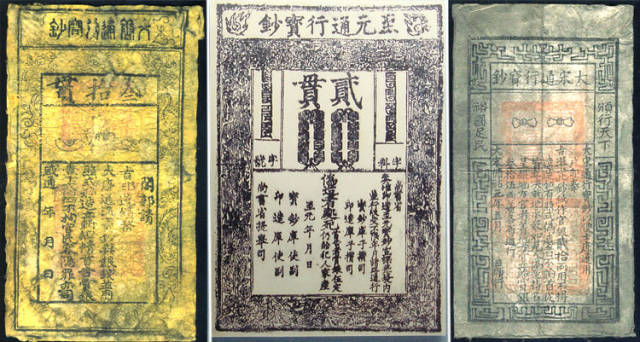The Chinese were the first to invent paper money in the 7th century
Paper currency began to develop during the Tang Dynasty because the merchants and wholesalers preferred paper so they could avoid having to carry copper coinage during large commercial transactions. By 960 CE, the Song Dynasty. being short of copper, started issuing and generally circulating notes in lieu of actual copper with a promise to redeem them later. The central government soon saw the economy of using paper money, and by the early 12th century, 26 million strings of the cash-coins worth of banknotes were printed annually.
By the 13th century, the idea of paper money was brought from China to Europe by travelers such as Marco Polo and William of Rubruck. The European banks soon warmed up to the concept and started issuing individually written banknotes with the name of the payee and cashier’s signature. In 1695, the Bank of England became the first bank to start a permanent issue of banknotes to raise money for the war against France.
After the wars waged by Louis XIV left France in a dearth of precious metals, banknotes were established as a formal currency. By the mid-19th century, the Bank of England gradually moved to standardized notes with fixed denominations that would pay any bearer the mentioned amount.
